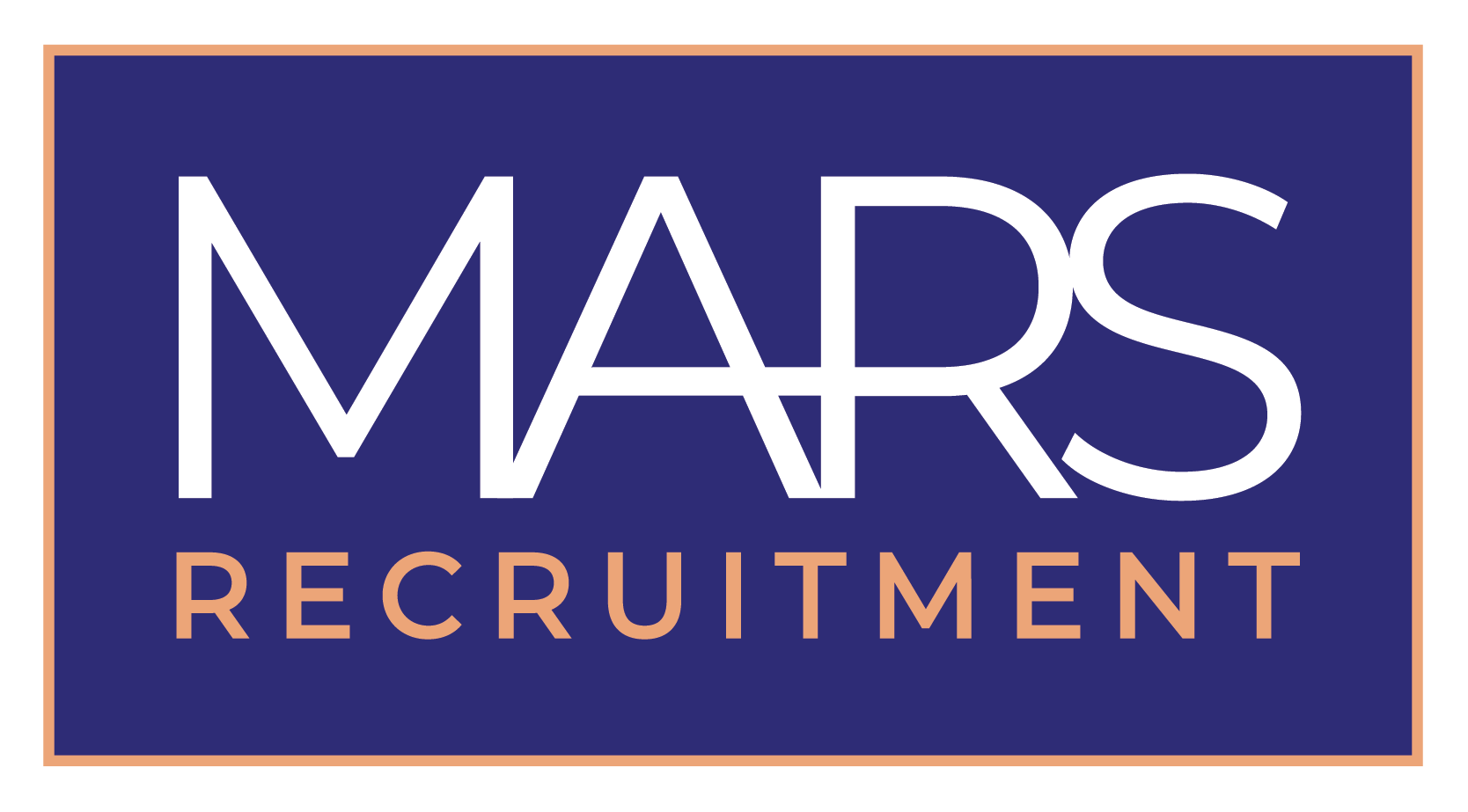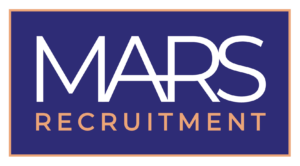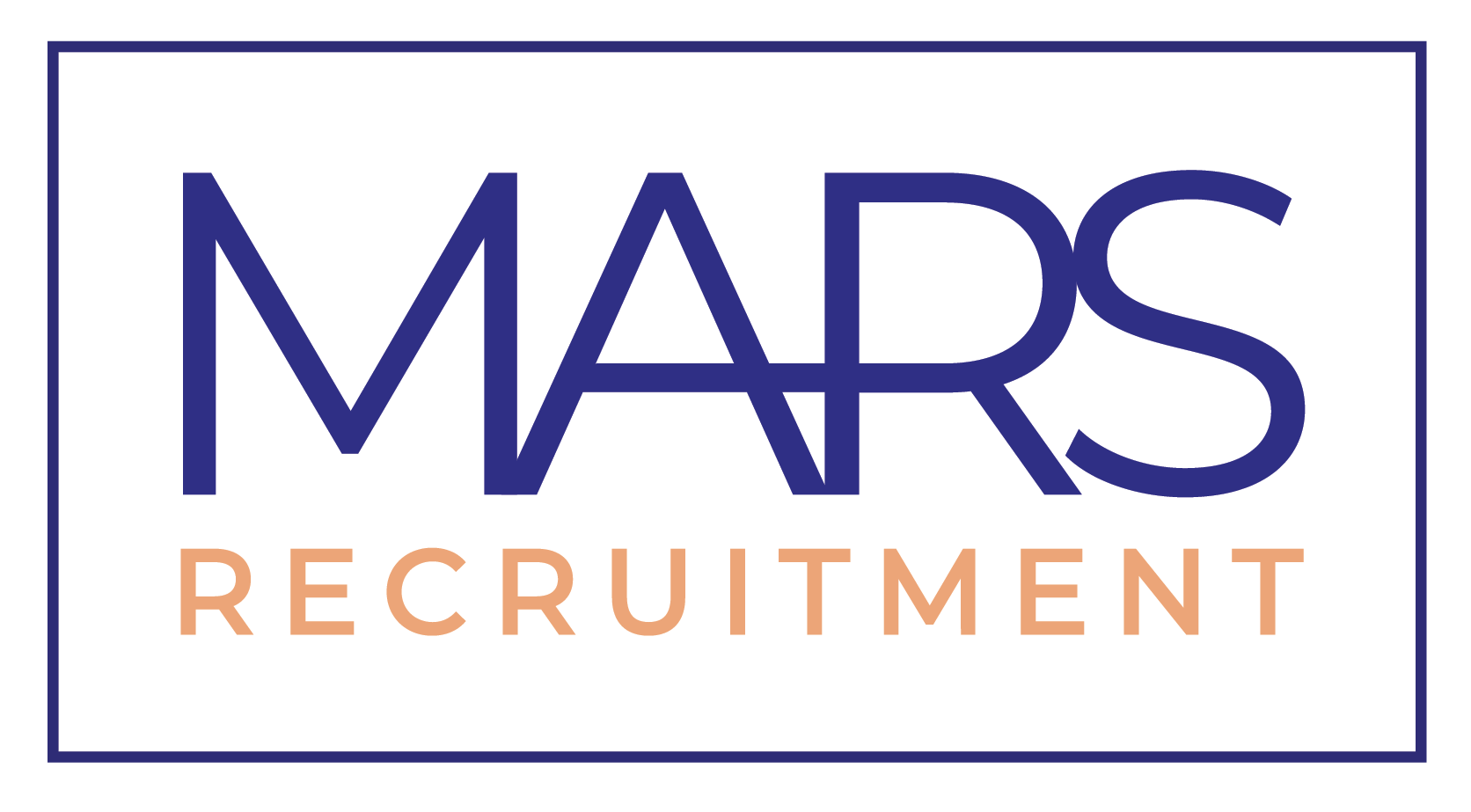In today’s fast-paced world, employee wellbeing is no longer a “nice to have”, it’s a business imperative. Organisations that prioritise physical, mental, and social health throughout the employee lifecycle enjoy higher engagement, lower turnover, and stronger employer branding. At MARS Recruitment, we understand that wellbeing must be woven into every stage, from attraction and recruitment through to retention and development. Here’s how to build a truly wellbeing-centred workplace.
1. Embed Wellbeing in Your Employer Value Proposition
Your EVP should highlight not only career paths and rewards but also your commitment to wellbeing. Showcase flexible work policies, wellness programmes, and mental-health support in job advertisements and career pages. By being transparent about your wellbeing culture, you attract candidates who value and will thrive in that environment.
2. Screen for Cultural Fit and Wellbeing Needs
During recruitment, include questions that explore candidates’ work-life balance preferences and coping strategies. This helps align expectations early and ensures new hires are entering an environment suited to their needs. Likewise, assess managerial style for empathy and support, key factors in fostering wellbeing.
3. Design a Holistic Onboarding Experience
First impressions matter. Integrate wellbeing from day one by:
- Assigning a “wellbeing buddy” or mentor
- Providing clear guidance on flexible arrangements
- Introducing employees to wellness resources (EAPs, mindfulness apps)
- Scheduling check-ins focused on adjustment and support
A positive onboarding fosters belonging and reduces early turnover.
4. Train Managers to Lead with Empathy
Line managers are the frontline of wellbeing. Equip them with:
- Mental-health first-aid training
- Coaching on workload management and boundary-setting
- Techniques for inclusive, supportive one-on-ones
When leaders model healthy behaviours, taking breaks, encouraging disconnecting after hours, employees feel empowered to do the same.
5. Offer Continuous Wellbeing Programmes
Wellbeing isn’t a one-off event. Introduce ongoing initiatives such as:
- Virtual or in-person fitness classes
- Regular mindfulness or resilience workshops
- Peer-support groups and social events
- Wellbeing challenges (step counts, hydration reminders)
Rotate offerings to maintain engagement and meet diverse preferences.
6. Foster a Culture of Recognition and Connection
A simple “thank you” can boost morale and belonging. Make recognition part of your DNA:
- Peer-nominated awards
- Shout-outs in team meetings
- Surprise wellness perks (healthy snacks, extra leave hours)
Encourage teams to connect regularly, social ties are a powerful buffer against stress.
7. Measure and Iterate
Use surveys, eNPS, and wellbeing KPIs (absenteeism, turnover, EAP uptake) to track impact. Share results transparently and involve employees in co-designing new initiatives. This feedback loop ensures your wellbeing strategy evolves with changing needs.
Wellbeing isn’t just a benefit, it’s a strategic advantage. By embedding health and support into recruitment, onboarding, management, and beyond, you create a thriving workplace where people feel valued and stay longer. At MARS Recruitment, we partner with organisations to build wellbeing-driven cultures, helping you attract, engage, and retain top talent for sustainable success.
[DISCLAIMER] The information provided in this article is for general, informational purposes only and should not be construed as professional advice. Individuals are encouraged to seek guidance from qualified career coaches or advisors when navigating career transitions.



